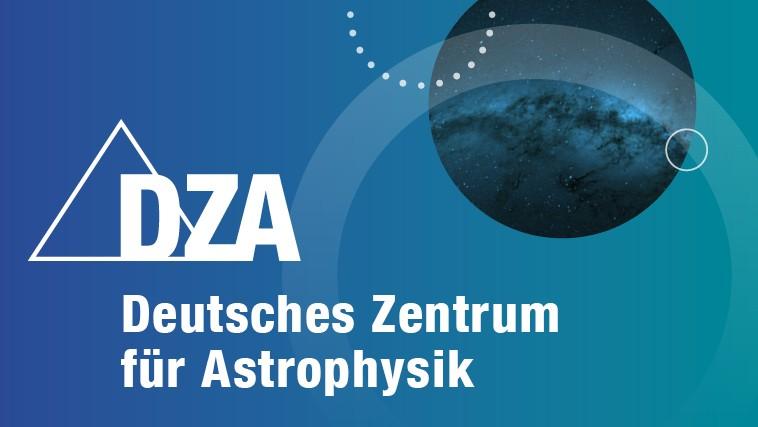The DZA day will be held at HZDR.
In the morning you will receive a set of lectures focusing on the scientific topics in the DZA start-up phase, in particular the ecosystem of compact objects and time-domain phenomena. We will also present the idea of the DZA and its current status.
In the afternoon we will have a number of hands-on activities, in particular an introduction into astronomical data bases and an experience with useful tools. We also will get a hands-on experience with some examples using the multitude of Gaia data.
Preparation instructions
Please install and test all relevant software prior to your arrival.
SAOImageDS9 is an astronomical imaging and data visualization application. DS9 supports FITS images and binary tables, multiple frame buffers, region manipulation, and many scale algorithms and colormaps. It provides for easy communication with external analysis tasks and is highly configurable and extensible via XPA and SAMP. DS9 is a stand-alone application. It requires no installation or support files. All versions and platforms support a consistent set of GUI and functional capabilities. DS9 supports advanced features such as 2-D, 3-D and RGB frame buffers, mosaic images, tiling, blinking, geometric markers, colormap manipulation, scaling, arbitrary zoom, cropping, rotation, pan, and a variety of coordinate systems. The GUI for DS9 is user configurable. GUI elements such as the coordinate display, panner, magnifier, horizontal and vertical graphs, button bar, and color bar can be configured via menus or the command line. Please download it from this site:
https://sites.google.com/cfa.harvard.edu/saoimageds9
TOPCAT is an interactive graphical viewer and editor for tabular data. Its aim is to provide most of the facilities that astronomers need for analysis and manipulation of source catalogues and other tables, though it can be used for non-astronomical data as well. It understands a number of different astronomically important formats (including FITS, VOTable and CDF) and more formats can be added. It is especially good at interactive exploration of large (multi-million row, lots of columns) tables. It offers a variety of ways to view and analyse tables, including a browser for the cell data themselves, viewers for information about table and column metadata, and facilities for sophisticated interactive 1-, 2-, 3- and higher-dimensional visualisation, calculating statistics and joining tables using flexible matching algorithms. Using a powerful and extensible Java-based expression language new columns can be defined and row subsets selected for separate analysis. Table data and metadata can be edited and the resulting modified table can be written out in a wide range of output formats. It is a stand-alone application which works quite happily with no network connection. However, because it uses Virtual Observatory (VO) standards, it can cooperate smoothly with other tools, services and datasets in the VO world and beyond. Please download it from this site:
https://www.star.bris.ac.uk/~mbt/topcat/#install
Once you have both DS9 and TOPCAT open the two programs can communicate via the SAMP protocol. You can use the programs with the example data provided here to play around.
Example data:
-
-
-
asu.fit (6 MB)
-
hst_05773_05_wfpc2_f502n_wf_drz.fits (54 MB)
-
hst_05773_05_wfpc2_f673n_wf_drz.fits (54 MB)
-
hst_05773_05_wfpc2_total_wf_drz.fits (54 MB)
-
-
The second part of the workshop will deal with Gaia data from the European Space Astronomy Center ESAC in Villafranca. The tutorial will also use the TOPCAT tool, but will also give an introduction into Python, in particular the tools
- astroquery
https://astroquery.readthedocs.io/en/latest/
and - GaiaXPy
https://gaia-dpci.github.io/GaiaXPy-website/
Please see the corresponding jupyter notebook on this page.
See also GACS_tutorial_example.pdf for instructions on how to load the Gaia software.


